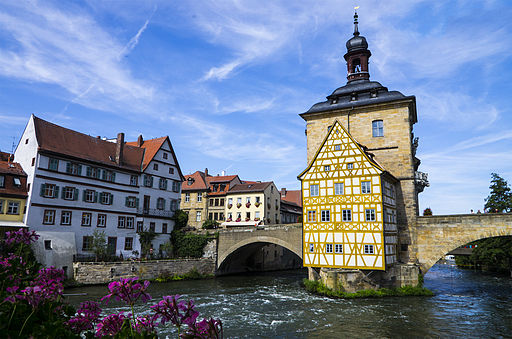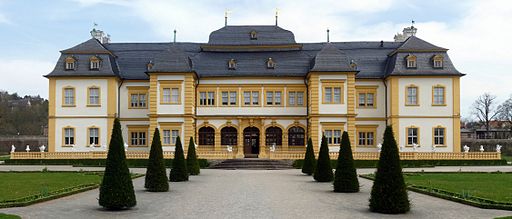About Würzburg and Vicinity





Würzburg is a small university town, in a central location within Germany. Surrounded by the mountain ranges Spessart, Rhön, and Steigerwald, Würzburg lies in what is called the "Maindreieck" (a triangle formed by the river Main). In the midst of vineyards, the city is towered by the fortress Marienberg, see the photo above. Würzburg is the capital of Lower Franconia, one of the seven administrative districts of Bavaria.
The town has a history of more than 1300 years; it had its highest “impact factor” during the baroque area. The University of Würzburg was founded in 1402 A.D. as the 6th university in Germany. Shortly after, however, it was closed and founded again only in 1582. It was at the University of Würzburg where, in 1895, Röntgen discovered X-rays for which he received the first Physics Nobel Prize in 1901. Nowadays, the university has about 25,000 students spread over 10 faculties and 3 campuses.
As Würzburg has been ruled by prince-bishops for centuries, the influence of the catholic church is ubiquitous. The shape of the town has been coined in the baroque area. The most remarkable buildings are the Fortress Marienberg and the UNESCO World Heritage Residence. Another spectacular site is the old sculptured bridge Old Main Bridge (or "Marienbrücke") over the river Main leading to the Town Hall Grafeneckart, which is one of the oldest town halls in Germany.
Würzburg has many interesting places in its vicinity, so consider staying for the weekend! At the time of the conference, the famous Oktoberfest is taking place in Munich, which is about 280 km away (2:15h by train). Two closer sites, both about 100 km away, are Nuremberg, famous for its medieval walls, its ancient castle – and its role in Nazi Germany, and Bamberg, a UNESCO World Heritage Site, and center of the region's eclectic brewing tradition. Make sure to taste the smoked beer "Schlenkerla"! Smaller towns "around the corner" that are definitely worth a visit are Veitshöchheim (a few minutes by train or half an hour by ship from Würzburg) with its superb Roccoco gardens situated in the downstream Würzburger Land, medieval Rothenburg ob der Tauber (connected to Würzburg by the Romantic Road), or the cosy wine town of Iphofen with its impressive town gates.
Links
